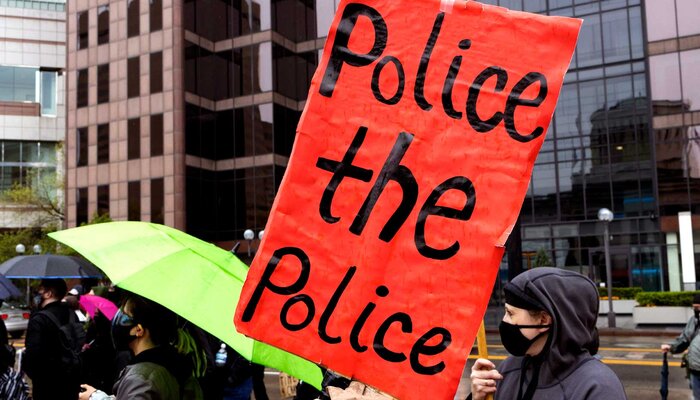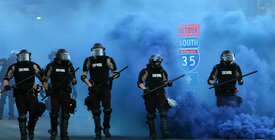Foreword
The protest movement sparked by George Floyd’s killing last year has forced a nationwide reckoning with a wide range of deep-rooted racial inequities — in our economy, in health care, in education, and even in our democracy — that undermine the American promise of freedom and justice for all. That tragic incident provoked widespread demonstrations and stirred strong emotions from people across our nation.
While our state and local governments wrestle with how to reimagine relationships between police and the communities they serve, the Justice Department has long been hamstrung in its ability to mete out justice when people’s civil rights are violated.
The Civil Rights Acts passed during Reconstruction made it a federal crime to deprive someone of their constitutional rights while acting in an official capacity, a provision now known as Section 242. Today, when state or local law enforcement are accused of misconduct, the federal government is often seen as the best avenue for justice — to conduct a neutral investigation and to serve as a backstop when state or local investigations falter. I’m proud that the Justice Department pursued more Section 242 cases under my leadership than under any other attorney general before or since.
But due to Section 242’s vague wording and a series of Supreme Court decisions that raised the standard of proof needed for a civil rights violation, it’s often difficult for federal prosecutors to hold law enforcement accountable using this statute.
This timely report outlines changes to Section 242 that would clarify its scope, making it easier to bring cases and win convictions for civil rights violations of these kinds. Changing the law would allow for charges in cases where prosecutors might currently conclude that the standard of proof cannot be met. Perhaps more important, it attempts to deter potential future misconduct by acting as a nationwide reminder to law enforcement and other public officials of the constitutional limits on their authority.
The statutory changes recommended in this proposal are carefully designed to better protect civil rights that are already recognized. And because Black, Latino, and Native Americans are disproportionately victimized by the kinds of official misconduct the proposal addresses, these changes would advance racial justice.
This proposal would also help ensure that law enforcement officers in every part of the United States live up to the same high standards of professionalism. I have immense regard for the vital role that police play in all of America’s communities and for the sacrifices that they and their families are too often called to make on behalf of their country. It is in great part for their sake — and for their safety — that we must seek to build trust in all communities.
We need to send a clear message that the Constitution and laws of the United States prohibit public officials from engaging in excessive force, sexual misconduct, and deprivation of needed medical care. This proposal will better allow the Justice Department to pursue justice in every appropriate case, across the country.
Eric H. Holder Jr.
Eighty-Second Attorney General of the United States




